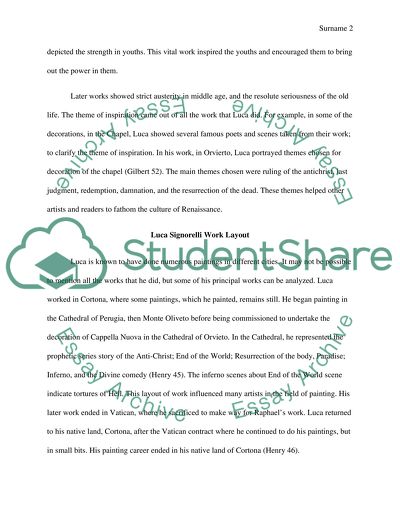Cite this document
(“Luca Signorelli and His Work at Orvieto Essay Example | Topics and Well Written Essays - 1500 words”, n.d.)
Retrieved from https://studentshare.org/religion-and-theology/1444749-luca-signorelli-and-his-work-at-orvieto
Retrieved from https://studentshare.org/religion-and-theology/1444749-luca-signorelli-and-his-work-at-orvieto
(Luca Signorelli and His Work at Orvieto Essay Example | Topics and Well Written Essays - 1500 Words)
https://studentshare.org/religion-and-theology/1444749-luca-signorelli-and-his-work-at-orvieto.
https://studentshare.org/religion-and-theology/1444749-luca-signorelli-and-his-work-at-orvieto.
“Luca Signorelli and His Work at Orvieto Essay Example | Topics and Well Written Essays - 1500 Words”, n.d. https://studentshare.org/religion-and-theology/1444749-luca-signorelli-and-his-work-at-orvieto.


